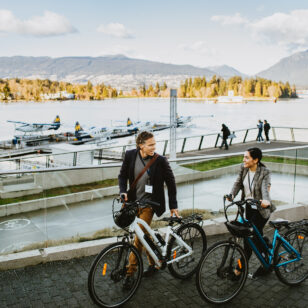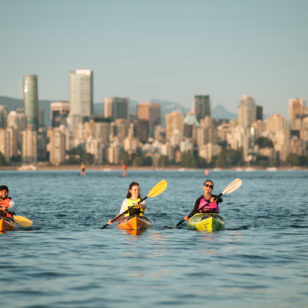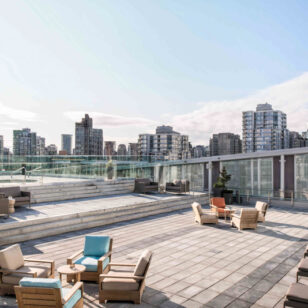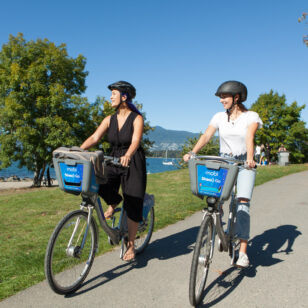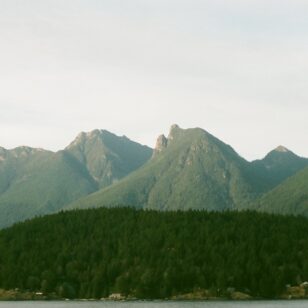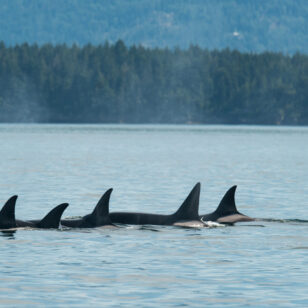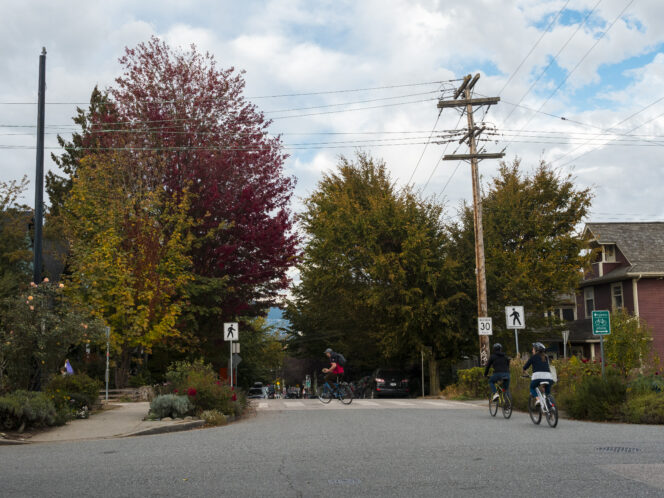
Photo: City of Vancouver
Vancouver is known and beloved for its nature, including the extensive urban forest that provides a host of benefits for both people, wildlife, and the overall ecosystem.
VancouverŌĆÖs urban forest encompasses all the trees in the city, including ones in parks, streets, public spaces, and private property (e.g., backyards). Urban trees are vital since they purify the air, absorb carbon dioxide, provide cooling effects, help with rainwater, provide habitat for birds and other wildlife, as well as reduce stress, boost health, and increase happiness for people. Plus, urban forestry is simply beautiful.
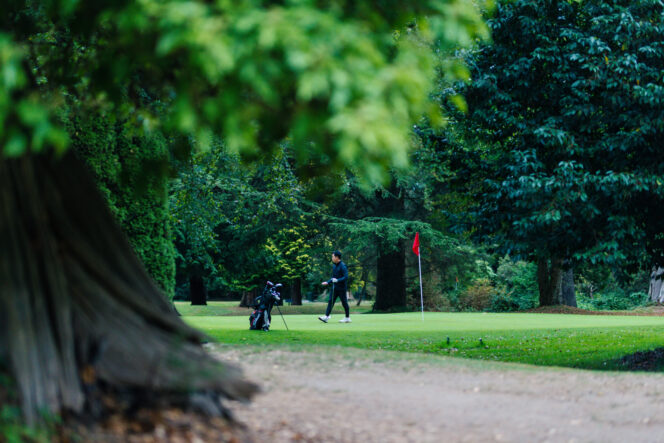
Photo: City of Vancouver
And even though Vancouver has some of the most spectacular urban forestry in the world, more can be done, especially since research has shown that it is shrinking. ŌĆ£Our study showed that 18% of Vancouver is covered by tree canopy, compared to 22.5% nearly twenty years ago. This spurred us to create a new goal of 30% canopy cover city-wide,ŌĆØ says Don Morrison, Acting Supervisor, Urban Forestry at the Vancouver Board of Parks and Recreation. Especially given a rise in extreme weather events (e.g., the heat dome in 2021) and the overall effects of climate change, improving the urban forest can help in keeping the city cooler. Morrison explains that the one significant contributor to the decline in urban forest has been the removal of trees on private property. In the past, it was much easier to get rid of a tree on private property. However, the Protection of Tree By-Law makes this removal more difficult, and it can only occur under specific circumstances. Morrison says, ŌĆ£Now, certain conditions exist to permit the removal of a tree, for example an arborist certification that the tree is dead, dying or hazardous or that it is directly interfering with utility wires and cannot be pruned while retaining a reasonable appearance or health.ŌĆØ Under the Greenest City 2020 Action Plan, an Urban Forest Strategy for Vancouver was initiated in 2011 in order to combat the decline of the urban forest and help it to grow. The goals include planting, managing, and monitoring the urban forest, as well as protecting trees when development occurs. One of the targets of the Strategy involved planting 150,000 trees from 2010 to 2020. Other targets involve addressing areas that have lower tree density, as well as focusing on the vitality of natural areas.
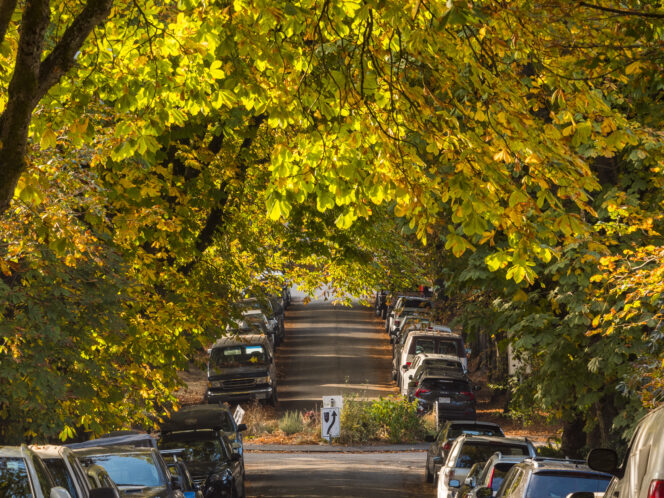
Photo: City of Vancouver
Despite the planting of the 150,000 trees, the work continues to make VancouverŌĆÖs urban forest more expansive and even more vibrant. ŌĆ£One of the biggest opportunities for us to achieve this is by encouraging tree planting on private property, where canopy is lower due to historic removal of trees as development has spread to support a growing population,ŌĆØ Morrison says. In fact, the average canopy cover (how much ground is shaded by tree leaf canopies) on private property is only 12%, leaving plenty of room for improvement. In the past, tree sales were held to great success, with 19,000 trees planted on private properties by enthusiastic residents. The latest initiative is Branch Out, a pilot that will increase the number of trees on private property, especially in neighbourhoods that have low tree canopy. Mapping of the city has revealed unequal canopy cover across various neighbourhoods, with those in the west side, such as Dunbar Southlands, having the highest canopy cover while other neighbourhoods, such as Strathcona, have very low canopy cover in comparison.
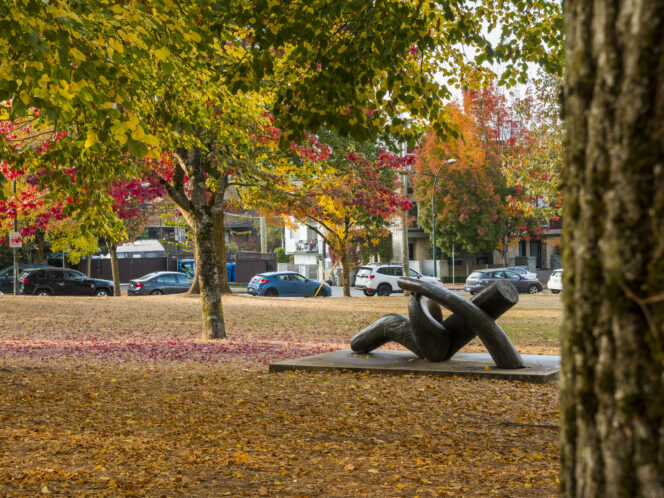
Photo: City of Vancouver
Morrison says, ŌĆ£In this new pilot, weŌĆÖre offering 250 free trees to residents of Victoria-Fraserview and Sunset ŌĆō two of the lowest canopy areas in the city ŌĆō to help grow the urban forest in areas that need it most.ŌĆØ He explains that there is a correlation between low equity and low canopy cover, so the Strategy is working to target these places. For instance, in 2022, East Hastings was the site of new tree planting locations, and properties that were adjacent were not developed. Since urban forestry is located where people live, work, and play, itŌĆÖs really important that they get involved and engaged in the trees around them. Morrison says that Branch Out is an example of making the community part of an initiative to maintain and increase tree canopy, as well as understand the threats to it. ThereŌĆÖs also a Park Stewardship Program where residents can connect with a park partnerŌĆösuch as Stanley Park Ecology Society┬Āand Nature VancouverŌĆöthat works to improve the urban forest and improve biodiversity. Volunteer activities range from getting rid of invasive plants to planting trees. As Vancouver is located on the unceded ancestral territories of the x╩Ęm╔Ö╬Ėk╩Ę╔Öy╠ō╔Öm (Musqueam), SßĖĄwx╠▒w├║7mesh (Squamish), and s╔Ölilw╔Öta╔¼ (Tsleil-Waututh) Nations, consulting with host Nations is also vital when it comes to managing the urban forest. All large projects (e.g., Invasive Species Strategy) receive their review, feedback, and input. Elements of co-management are also being made a priority, when possible. Morrison emphasizes working together when it comes to supporting VancouverŌĆÖs natural environment. ŌĆ£In 2022, the Musqueam Nation Stewardship Team connected with Urban Forestry to guide direction of invasive removal and natural area planting,ŌĆØ he says. Morrison is proud of the work that the Urban Forestry team has achieved this past year, particularly mitigating the tree loss during the long drought that occurred in the autumn and replacing more tree stumps with new trees in heavily urbanized areas (from 40 annually to 300 in 2022). He and the team are also looking to the future as they continue to champion and manage VancouverŌĆÖs unique urban forest. Over the next year, they have many initiatives planned, including starting hazard mitigation efforts in the Stanley Park due to the effects of the Hemlock Looper moth outbreak, completing a full inventory of the cityŌĆÖs park areas and forested sites, and connecting with First Nations to further co-management, such as in Musqueam Park. And then, in the longer term, over the next 5 years, plans are even more ambitious with intended reforestation of Stanley Park, in addition to more targeted tree planting in areas that experience significant heat, planting tree species that are more climate adaptable, continuing to monitor and increase canopy cover, and reducing the number of stumps in the city.
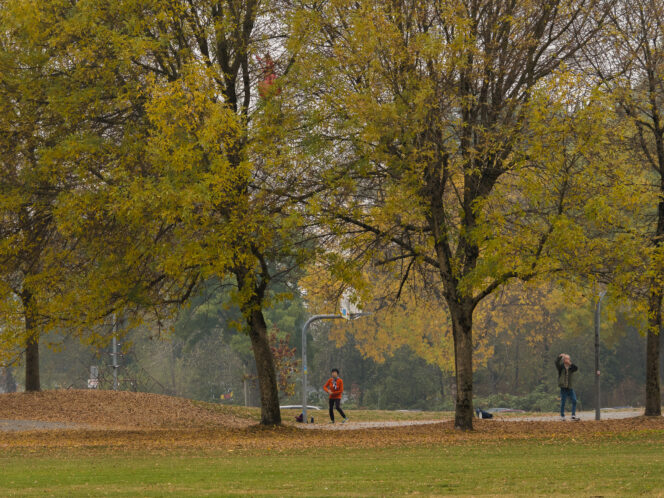
Photo: City of Vancouver
Overall, VancouverŌĆÖs Urban Forestry Strategy is as vibrant as the trees that make the city so magnificent. The Strategy is a reminder that such natural abundance takes hard work, commitment, and positive collaboration across communities and Nations. In nurturing and expanding VancouverŌĆÖs urban forest, everyone can take joy in and be healthier surrounded by nature.











